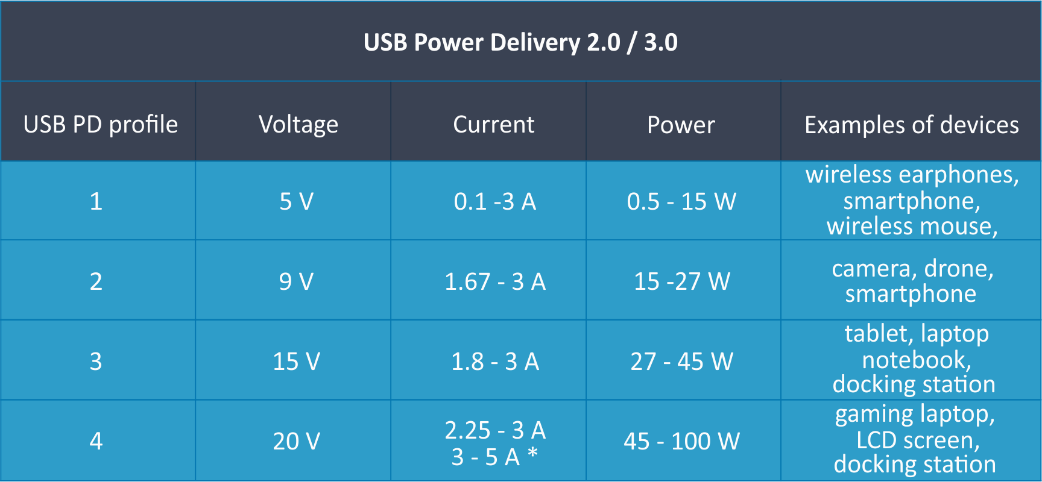
In the dynamic realm of modern technology, the quest for smaller and more portable computing devices has reshaped the landscape of connectivity. As devices shrink in size, the demand for compact connectors capable of supporting increasing data rates has become more pressing than ever. USB Type-C (USB-C) stands at the forefront of this transformative shift, redefining connectivity by going beyond conventional data transfer and delivering a host of functionalities that empower and enhance the capabilities of modern computing devices.
The Proliferation of Small Form-Factor Devices
The relentless drive towards sleek, lightweight, and portable devices has given rise to an era of small form-factor gadgets. Laptops are thinner, tablets are lighter, and smartphones have become almost borderless. Yet, as devices continue to shrink, the need for connectors that can match these dimensions without sacrificing performance has become a pivotal concern.
USB-C emerges as the solution to this challenge, representing a paradigm shift in connector design. Its compact and symmetrical form factor, with dimensions as small as 8.4mm by 2.6mm, not only addresses the physical constraints of smaller devices but also eliminates the frustration of attempting to insert the cable the wrong way – a common inconvenience with older USB connectors.

USB Power Delivery (PD): Empowering Devices with Maximum Power
At the heart of USB-C’s transformative power lies its ability to transcend the confines of traditional data transfer. While USB-C certainly excels at high-speed data transfer, its capabilities extend far beyond this singular function.
USB-C supports the USB Power Delivery (PD) specification, allowing connected devices to negotiate power levels. This means that USB-C is not just a conduit for data transfer; it’s a powerhouse capable of delivering substantial power. With USB PD, USB-C can handle power delivery of up to 240 watts, making it an ideal choice for charging laptops, tablets, and other power-hungry devices.
USB-C’s power delivery capabilities make it possible to standardize charging across various devices. Whether you’re charging your laptop, tablet, or smartphone, a single USB-C cable can efficiently handle the task. This uniformity simplifies cable management and reduces the need for multiple chargers, contributing to a more streamlined and user-friendly experience.

Conclusion: USB-C – A Revolution in Power Delivery
In conclusion, USB-C stands as a beacon of innovation, transforming the landscape of modern connectivity. As devices continue to shrink, USB-C goes beyond the conventional role of data transfer, becoming a versatile powerhouse that delivers power, efficiency, and expanded connectivity options. USB-C not only addresses the challenges posed by smaller form-factor devices but propels modern computing into an era where a single connector fulfills a multitude of functions. From charging laptops to connecting to various peripherals, USB-C is the unifying force that drives efficiency, simplicity, and a seamless user experience in the world of modern technology.
